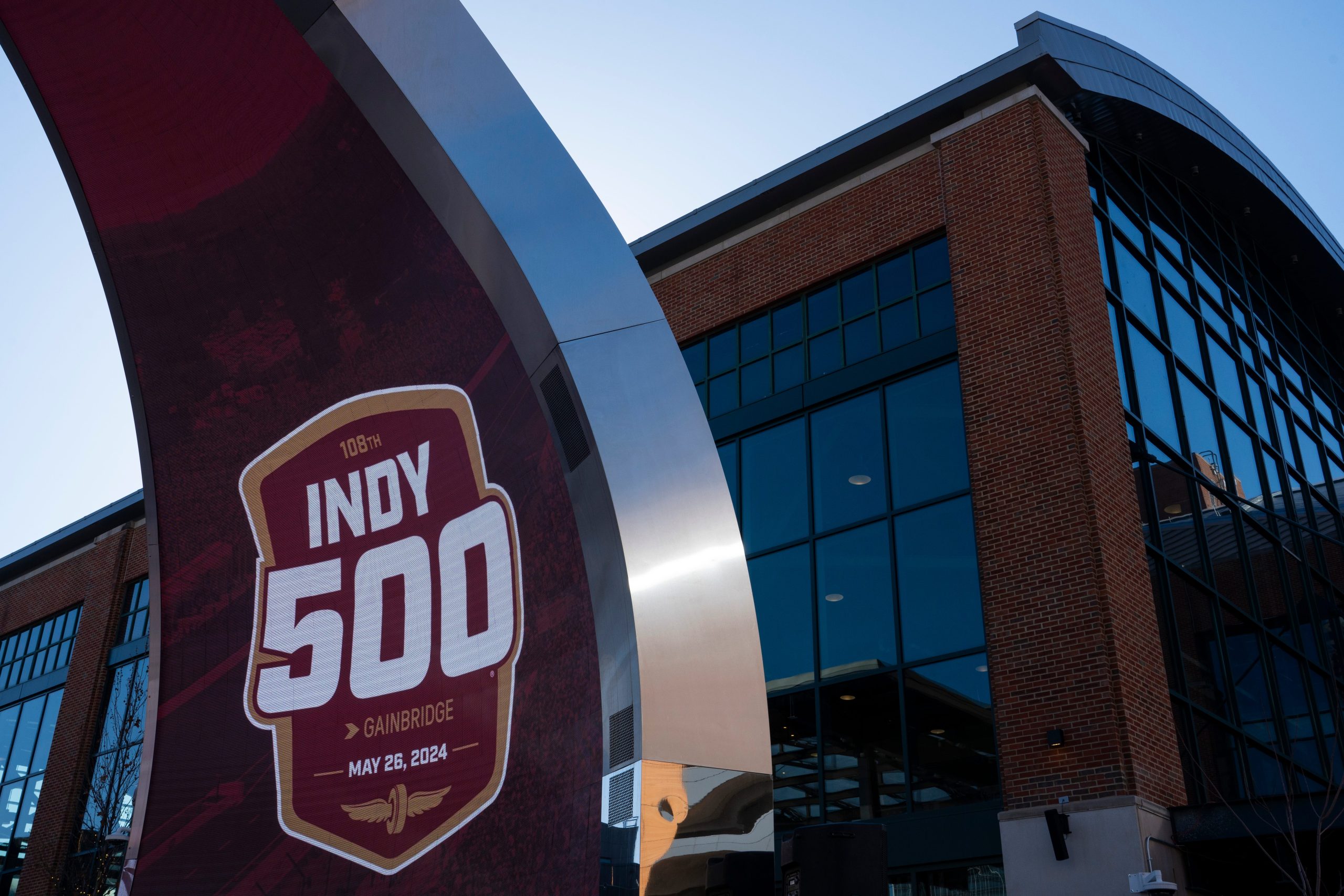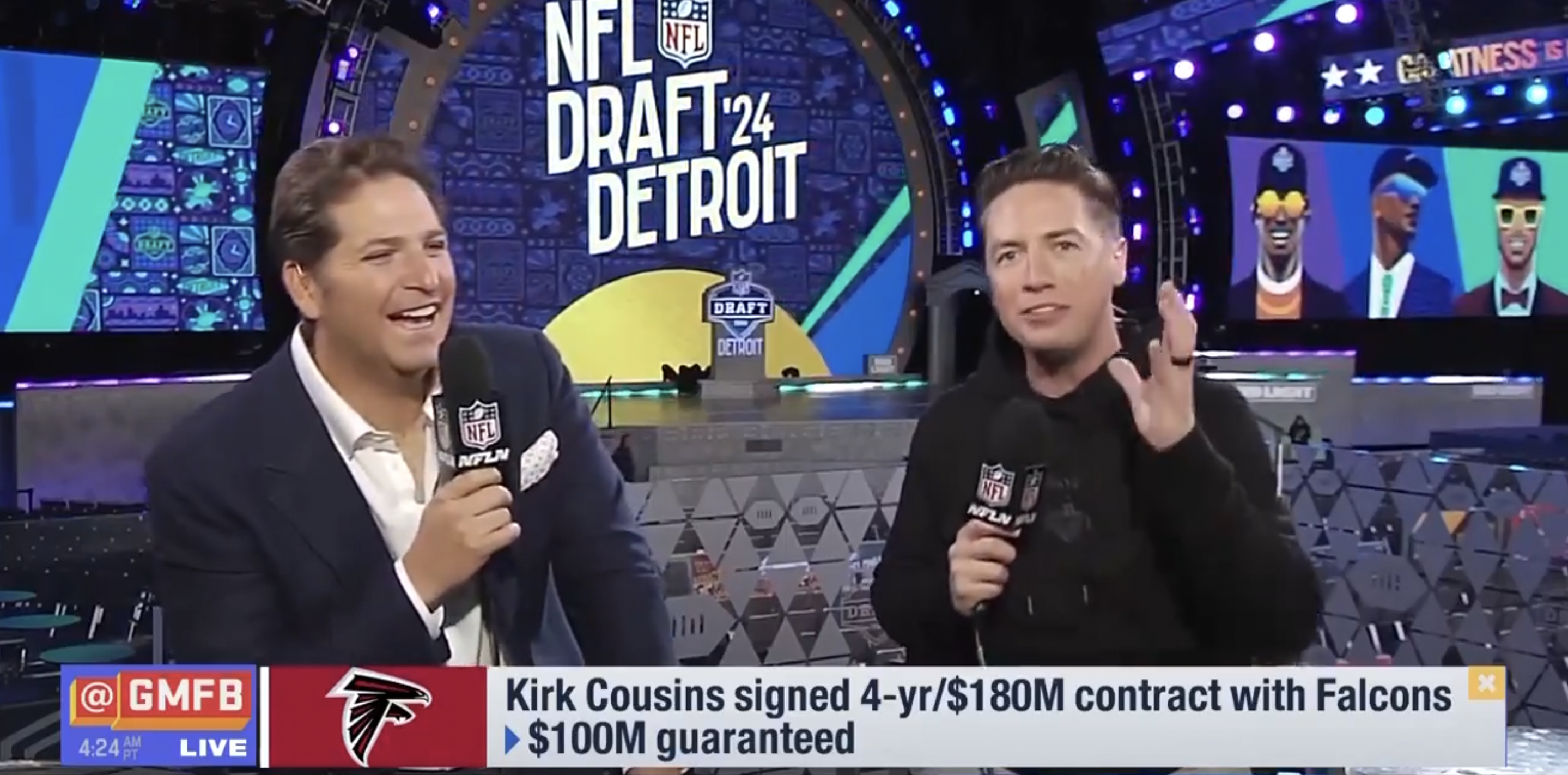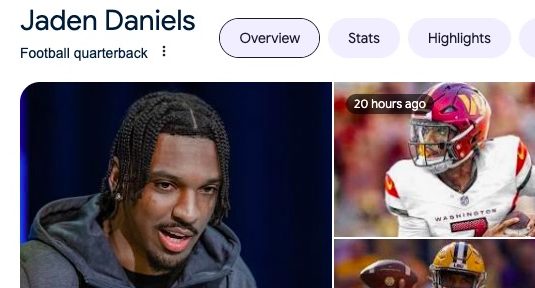I hope to write more extensively about what I interpret as a shrewd and aggressive power grab by ESPN to add more football and specifically college football to their portfolio of live rights, but for now, let’s focus on this week’s big news.
Oklahoma and Texas are heading to the SEC. It’s essentially a done deal.
The SEC currently is hoping to vote to offer invitations to Texas and Oklahoma as soon as "sometime next week," an SEC source tells me. "The vote will be 13-1."
— Kirk Bohls (@kbohls) July 23, 2021
In less than 48 hours we went from all quiet on the conference realignment front to total chaos. It’s the first domino to fall, and it’s unclear when and where this will end, as there are now dozens of offshoots of legitimate hypotheticals that suddenly have relevancy.
Given how quickly this has moved, it’s clear to me and others that the planning for this colossal move has been underway for quite some time, which is usually a bit of a tipoff that ESPN was actively involved in the planning. Similar to the likely move to a 12-team playoff, the conferences and schools just don’t make these moves without the close feedback of their television partners, or perhaps with the explicit direction of their partners. In an article by Bruce Feldman and Sam Khan Jr. at The Athletic, an unnamed Big 12 athletic director more or less said as much.
“I think this has been going on for six months — at a minimum of probably three months, and ESPN has been right in the middle of it.”
Last December, ESPN acquired the prized SEC on CBS package, giving them 100 percent of the SEC’s television rights. Now, two of college football’s biggest television draws will be joining the SEC. To look at how these moves are a windfall for ESPN, let’s look at the nine most-watched games of 2019 (the last normal, not pandemic-affected, year we have data from). Here’s that data, via FB Schedules:
9. (9) AUBURN at (2) LSU – CBS – Viewers: 7.18 million
8. (6) OKLAHOMA vs. (11) TEXAS – FOX — Viewers: 7.25 million
7- ARMY vs. (21) NAVY CBS — Viewers: 7.72 million
6- (6) LSU at (9) TEXAS – ABC — Viewers: 8.63 million
5- (7) NOTRE DAME at (3) GEORGIA – CBS— Viewers: 9.29 million
4- (9) PENN STATE at (2) OHIO STATE –FOX — Viewers: 9.43 million
3- (5) ALABAMA at (16) AUBURN – CBS — Viewers: 11.43 million
2- (2) OHIO STATE at (10) MICHIGAN – FOX– Viewers: 12.42 million
1- (1) LSU at (2) ALABAMA – CBS –– Viewers: 16.64 million
If you look above, despite ESPN/ABC owning the majority of college football rights, two years ago the network only aired one of the top 9 games (and that game actually had the possibility of airing on Fox). Meanwhile, Fox had three games, and CBS had five.
Let’s fast-forward to now. In the not so distant future when the CBS contract winds down and Texas and Oklahoma join the SEC, this same list of games would now have ABC/ESPN making up six of the top nine games. That’s huge upside (particularly to ABC), but it’s only the tip of the iceberg here.
Sure, getting Oklahoma versus Texas every year is huge. But with a full conference schedule every season, how many more marquee games does that add each season? Taking a look at the possible division structure, you might very well see LSU vs Texas (which was a one-off game in 2019) and Oklahoma vs LSU become annual games. The return of Texas vs. Texas A&M would also be a dependably huge TV draw. More infrequent games would include the new pair playing Florida, Georgia, and Alabama, all certain to move the needle ratings-wise. And we’re only getting started here.
The addition of Texas and Oklahoma will likely prove most fruitful for ESPN for the SEC Network, which previously made inroads into the Big 12’s former footprint by adding Missouri and Texas A&M. The additions of Texas and Oklahoma make that network a must-have now in both states, and potentially the second most in demand sports channel for viewers in both states. The SEC Network would now have a whopping 16 teams providing games and content for the network opposed to the 14- and 12-team setups other networks currently have, meaning the network would just be a whole lot meatier than other conference networks. It would now become the fast food burger with the biggest patty, and one people will have to pay more for.
Additionally, ESPN has mapped out an unwinding or soft landing of the Longhorn Network, an audacious and somewhat-successful venture that continues to age badly over time as the cable bundle splinters. With Texas joining the SEC and ESPN controlling the SEC Network, the network will become unnecessary and redundant and at some point will just fold into the larger SEC Network operation. The Longhorn Network’s legacy will ultimately be that it was mostly a driving force in conference realignment and ultimately was a poison pill for the Big 12, which is quite a massive legacy for a little channel most people don’t get or have no idea what channel number it is.
And then there is ESPN+, who just this last December announced a more substantive agreement with the SEC going forward.
“ESPN+ will have the right to stream one non-conference football game and two non-conference men’s basketball games per SEC school each season. In total, ESPN+ will carry up to 14 non-conference football games and up to 20 non-conference men’s basketball games annually.”
A few years ago, we covered how Oklahoma fans had to pony up $55 to watch their game versus Army, which ended up going into overtime. The Oklahoma PPV game is an annual thing that we don’t need to get fully into, and it’s coming to an end in not too long. Instead, Texas and Oklahoma fans will be ponying up a much smaller amount for an actual bundle of content with ESPN+. Gone will be the days of considering spending $55 to watch a game or trying to find a friend or bar that has the Longhorn Network. Access to games will be easier once the move is made.
And if all of this is good news for ESPN across broadcast tv (where ABC will benefit from more eyeballs and maybe a higher retransmission fee), cable (where SEC Network will get further distribution and an increased carriage fee), and OTT (ESPN+ will gain more subscribers), let’s not downplay how this hurts ESPN’s competitors. Which would chiefly be Fox.
Some of Fox’s biggest games each year involve either Oklahoma or Texas. They’ve been regularly putting games from both schools in their prized noon ET slot. One problem though, noon ET is a not-so-popular 11 a.m. CT, and fans and the schools themselves hated playing at this time.
Statement from @soonerad on the OU-Nebraska football game: pic.twitter.com/p6fUJBwW5e
— Oklahoma Sooners (@OU_Athletics) May 27, 2021
To Fox’s credit, the network really latched onto a good strategy with Big Noon Kickoff, their Gameday alternative pregame show, presenting themselves as an alternative to ESPN’s perceived SEC favoritism. But with Urban Meyer leaving the pre-game show, Oklahoma and Texas on the way to another conference (right after Fox added Bob Stoops, too), and the Big Ten’s deal with Fox up in a few years, you have to wonder how sturdy is Fox’s footing is and how committed they are to maintaining their presence in the sport. With CBS winding down their P5 presence and NBC shutting down their sports channel, is it possible ESPN is eyeing moves that would put the squeeze on Fox, particularly with college football? More on that next week.
When we look at expanding the playoffs and conference realignment, we always look at the next domino to fall. We rarely look at who actually pushed the first domino to start the whole chain of events. Who benefits the most is usually at the root of that mystery, and it’s not a difficult one to solve in this case.







